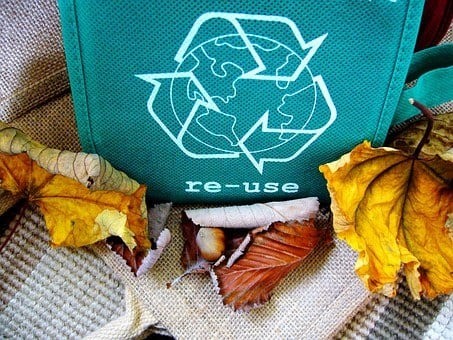Packaging
7 new packaging items are available!
15
Jul

Published on : 15/07/2021
|
|
|
|
|
|
|
15
Jul

Published on : 15/07/2021
|
|
|
|
|
|
|
latest news
23
June

For over 70 years, we've been supporting food companies at every stage of their development: innovation, R&D, quality, training, ecological transition and much more.
Read more19
May

The CTCPA supported Ma Marmite Thai in setting up thermal processes for its sauces and pre-production runs in the FoodLab. Interview with Claire RONCÉ, co-founder of Ma Marmite Thai.
Read more17
May

Because environmental, social and economic issues are at the heart of the changes taking place in our sector, the CTCPA is fully committed to a Corporate Social Responsibility (CSR) approach.
Read morelatest news
23
June


Published at 08:53
For over 70 years, we've been supporting food companies at every stage of their development: innovation, R&D, quality, training, ecological transition and much more.
Read more19
May


Published at 13:36
The CTCPA supported Ma Marmite Thai in setting up thermal processes for its sauces and pre-production runs in the FoodLab. Interview with Claire RONCÉ, co-founder of Ma Marmite Thai.
Read more17
May


Published at 12:26
Because environmental, social and economic issues are at the heart of the changes taking place in our sector, the CTCPA is fully committed to a Corporate Social Responsibility (CSR) approach.
Read more